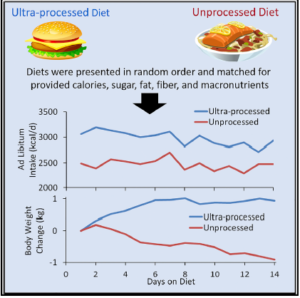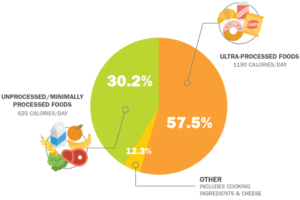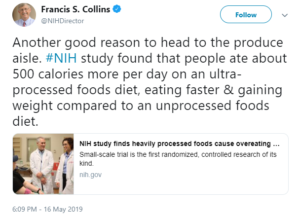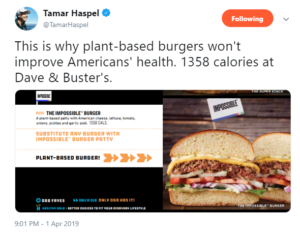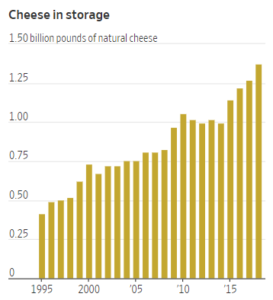Remember menu labeling? In 2010, Congress said fast food places should reveal calories on their menus (New York City required this in 2008).
Food companies fought the measure and got delays, but the eight-year delay is up. Menu labeling goes national today.
In a blog post, FDA Commissioner Scott Gottlieb explained FDA thinking about such matters: the agency is pro-consumer and pro-market.
Information about how healthy our food is gives us the chance to make better choices about our diets. This same information also inspires competition among producers to formulate food in ways that make it more healthful…. food producers should be able to compete on the ability to develop foods that are healthier, and make reliable, science-based claims about these attributes to consumers. So at FDA, we’re reforming our policies to make it more efficient to develop these claims. This clarity may encourage more manufacturers to invest in making foods healthier.
Uh oh. More health claims (these, I insist, are about marketing, not health). So that’s the trade-off; we get menu labeling at the price of more and inevitably misleading health claims.
Gottlieb defended the measure on Fox News.
If you have information on menu labels, the average consumer will reduce their caloric intake to 30-50 calories a day,” Gottlieb said during the interview. “That turns out to be about 3 to 5 pounds per year that you can lose just by having better information.
This is correct in theory, if you assume that one pound of fat contains about 3500 calories (this estimate comes from multiplying 454 grams per pound by 9 calories per gram for fat and rounding off). Then it will take 3500 divided by 50 = 70 days to lose one pound.
In practice, such small calorie deficits are hardly measurable. Most estimates suggest that losing weight requires a deficit of 300 to 500 calories a day (My co-author and I discuss all this in our book, Why Calories Count: From Science to Politics).
For an quick summary of the studies of menu labeling, JAMA has a useful review.
It’s great that Commissioner Gottlieb defended menu labeling on Fox News. Looking at the calories on menu items is fun!
And it most definitely works for me. If I see a muffin labeling at 700 calories, I share it with friends.
